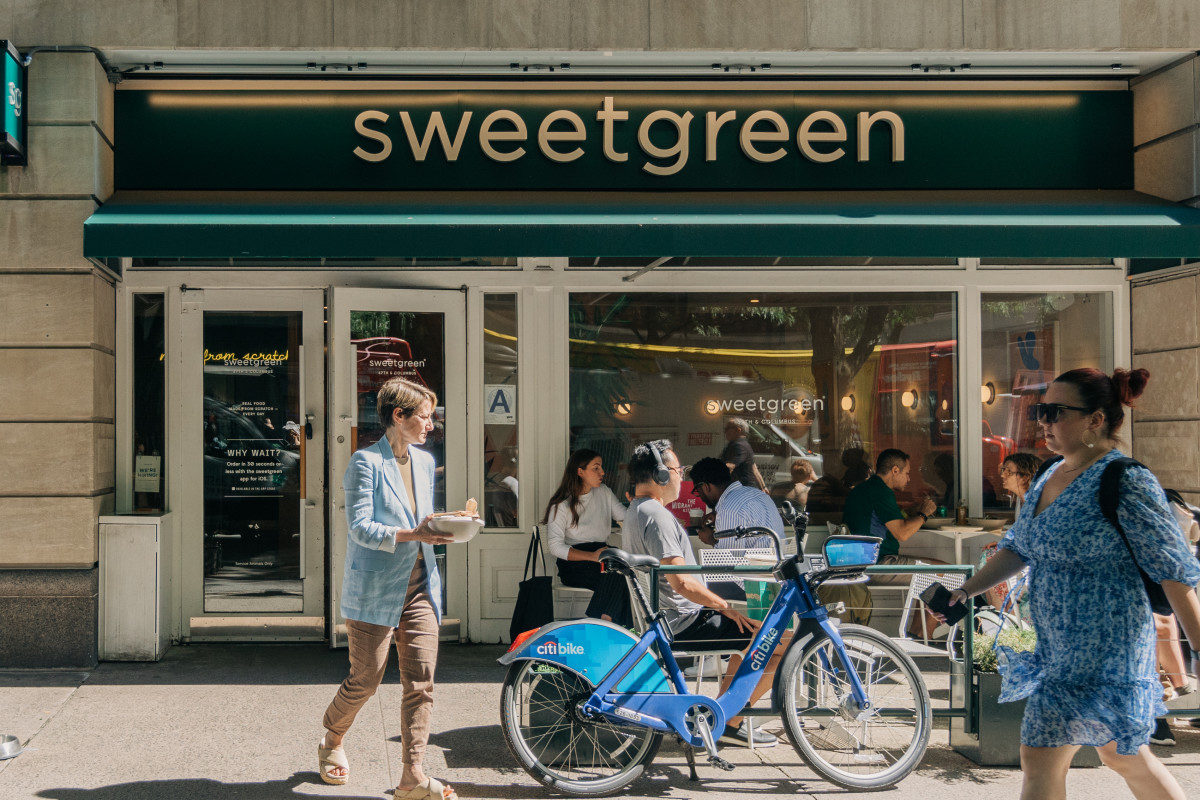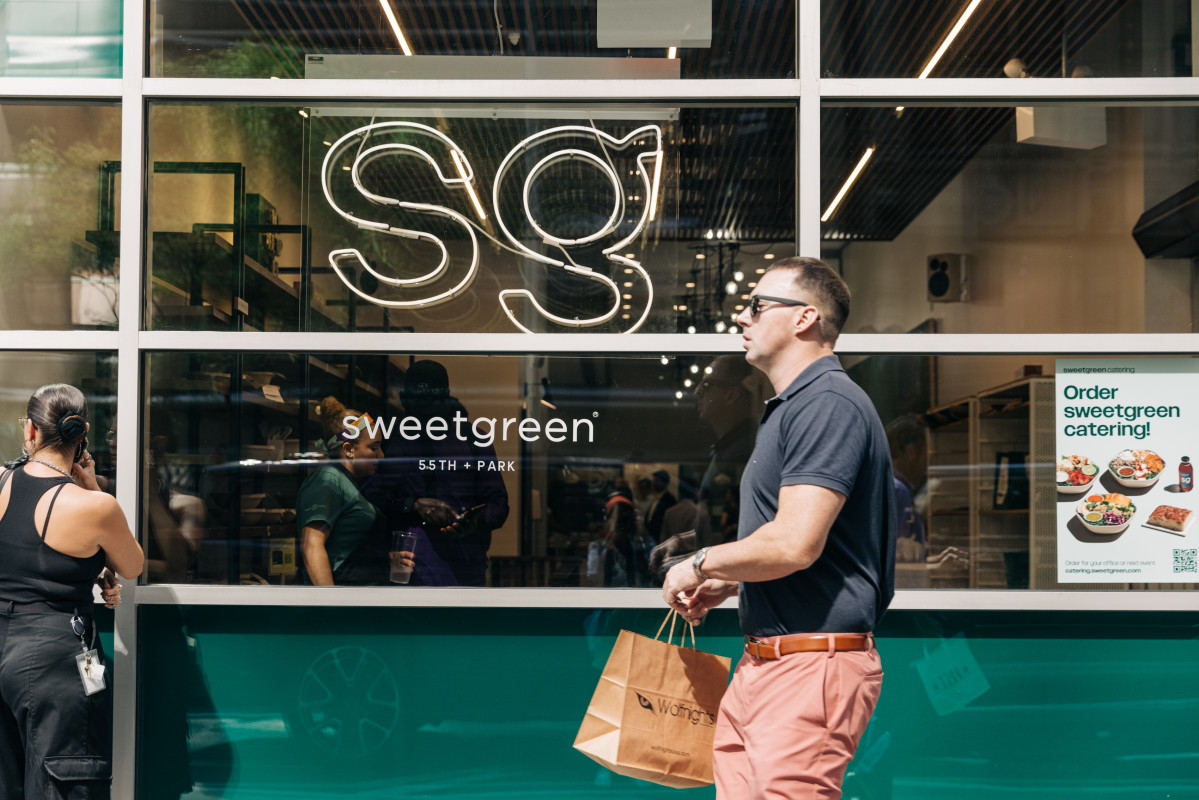
Oftentimes, it seems like when you see your favorite restaurant in the news it's because they're cutting back on ingredients or raising the prices of some familiar favorites.
Especially nowadays, where the fast-food and fast-casual restaurant industry has consolidated to such a degree that the top 10 to 15 are the biggest players in terms of revenue and market share, leaving little but scraps for smaller companies.
Related: Chipotle making some major price changes (get ready to pay more)
Which is why, for leaner companies with less nationwide saturation, it's supremely important to set themselves aside from the whales and do things differently. Much differently.
One of the best examples is Sweetgreen (SG) -). With fewer than 1,000 locations worldwide, it's a lean, mean (and green) machine that punches far above its weight class.
The chain serves mostly salads, though experimental customers seeking heartier fare can opt for warm bowls usually containing rice or some other kind of grain. Originally out of Washington, D.C., the chain mostly caters to the busy lunch going crowd seeking a healthier alternative to fast food, and a fresher alternative to something like a corner coffee shop.
Many locations are strategically placed in densely populated urban or suburban areas with high levels of foot traffic – specifically during the weekdays. Since its fare is mostly lighter, it's perfect for busy commuters who lack the time to thoughtfully pack a lunch and want to avoid the 3 p.m. slump from a full belly.
Sweetgreen's proximity to corporate America, then, made investors nervous in 2020, when most of the workforce largely stayed at home during the pandemic. But it has come roaring back with a vengeance. In 2021, it ended the year with 150 locations nationwide. Now, it has over 220 and estimates it can get to 1,000 locations by 2030.

Sweetgreen makes a bold ingredient swap
One of the reasons Sweetgreen is so popular is because young people love it. Everything from its menu to marketing is fresh, and there can be little doubt that its core demo is the yoga and commuting crowd that tend to skew younger.
And a younger audience is increasingly pickier, opting repeatedly for more health- and environmentally-conscious selections than previous generations. Sweetgreen gets that. It's why more trendy offerings, like its Shroomami warm bowl and plenty of "plant-forward" items are on offer – and sell like hotcakes.
Younger people, particularly many Gen Z-ers on TikTok, are increasingly aware that many chains cut corners and costs in order to serve quick convenience. One of the biggest bugbears in recent years has been seed oils – or oils typically containing high amounts of Omega 6 fatty acids – that may include canola, soy, or sunflower oil.
"Seed oils bad," has nearly five million searches on TikTok.
Sweetgreen has recognized that, and announced on Tuesday that it will cut its use of seed oils, instead opting for extra virgin olive oil (EVOO) sourced specifically from "its partners for their shared commitment to sustainable farming and quality ingredients."
Olive oil is largely considered by dietitians and health experts to be one of the healthiest oils on the market thanks to its anti-inflammatory properties and higher Omega 3 levels.
Sweetgreen will also add avocado oil – another healthier alternative to seed oils – in some of its dressings, namely its newer red wine vinaigrette dressing.
The change will roll out on Oct. 24 across all locations – but more changes might come.
"Right now we're starting with EVOO for our cooked ingredients, but we're also exploring implementing avocado oil as an additional cooking oil as we continue to expand and innovate our menu," a Sweetgreen representative told TheStreet.







